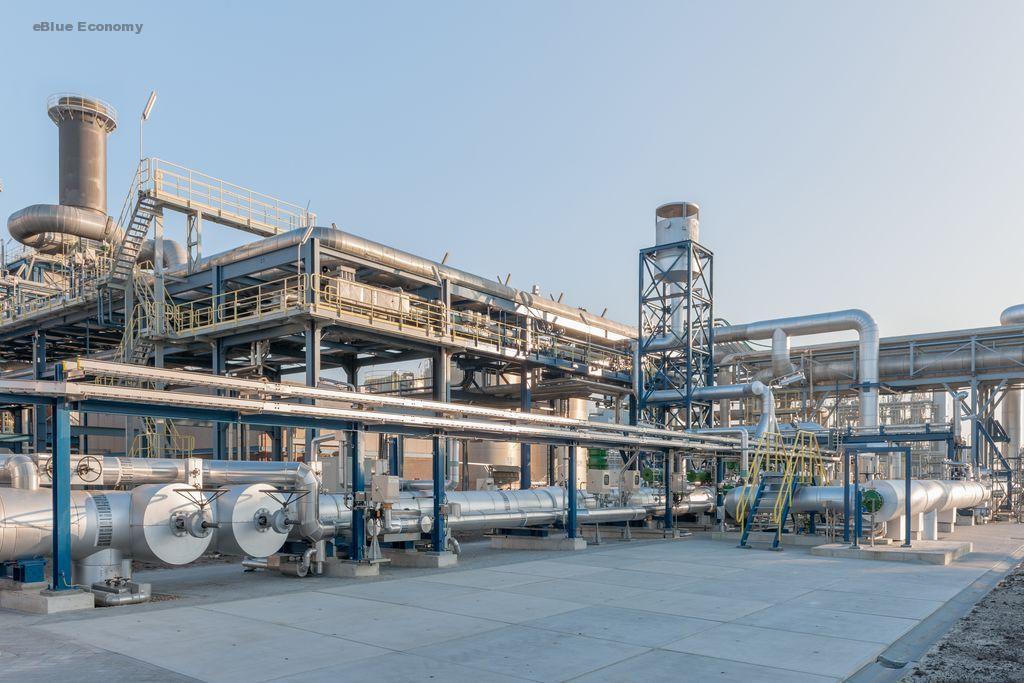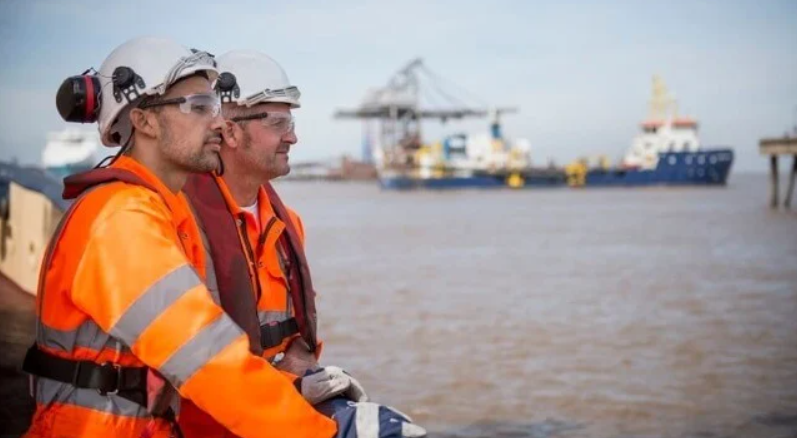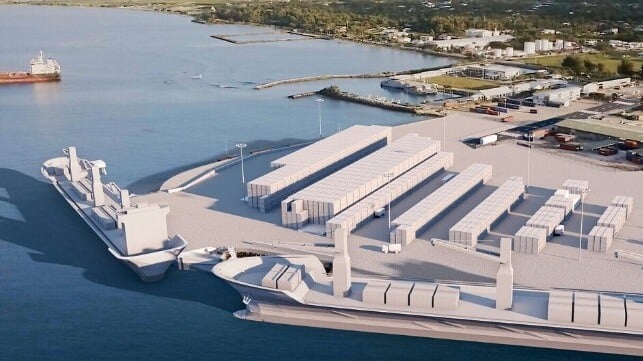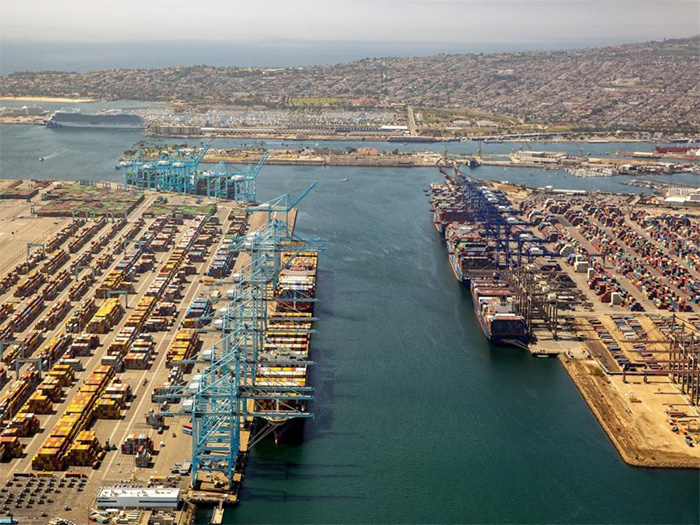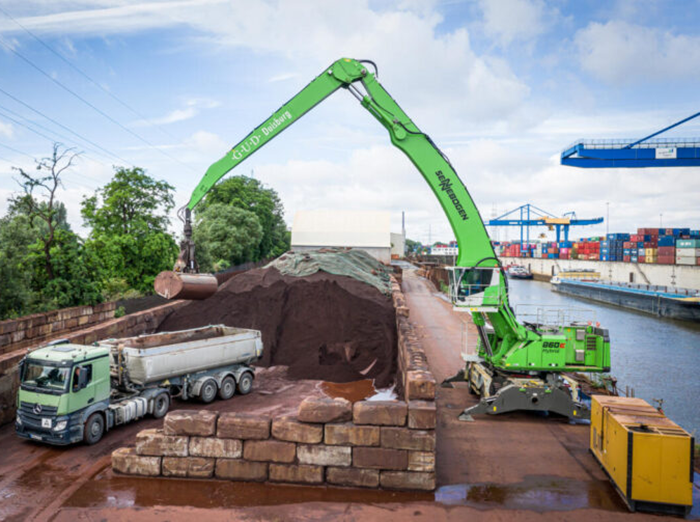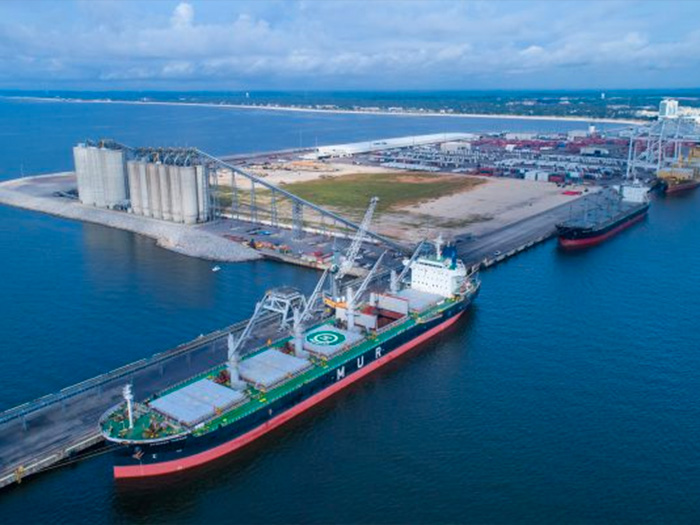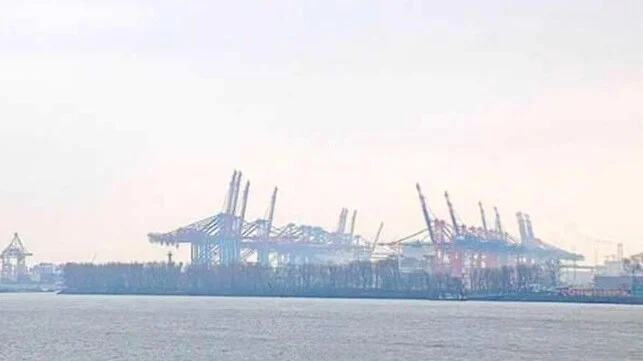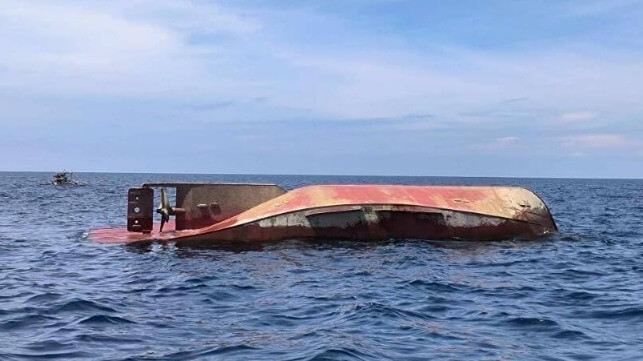Hydrogen is a key component of the renewable energy system of the future
The future hydrogen plants in the Rotterdam port industrial area will prove to be a significant new source of renewable heat that can be put to good use in households, greenhouses and offices. According to current estimates, by 2030 the port will be able to provide the equivalent of around 500,000 households with heat. By 2050, the number of households supplied could even rise to around one million.
In the H2-Fifty project, Nouryon, BP and the Port of Rotterdam Authority are working on a 250-megawatt (MW) facility
This clearly shows that rather than decreasing, as was initially assumed, the heat supply from port sources is set to increase over the coming decades, hence it becomes a reliable supply from carbon-neutral industrial processes is available. In a densely populated region such as South Holland, this heat will provide a particularly good basis for a regional heat network, replacing individual central heating systems.
Hydrogen is a key component of the renewable energy system of the future. It will play an important role as a raw material in green chemistry, and particularly in heavy transport. In the processing industry, hydrogen can be used to generate the high temperatures needed to manufacture products such as steel and fuels.
Green hydrogen is made in what is known as an electrolyser. This device splits water into hydrogen and oxygen. As long as it is powered by green electricity, the entire production process is carbon neutral and the hydrogen can subsequently be used in a climate-neutral way too.
Scaling up
We are seeing a strong rise in more powerful electrolysers. For example, in the H2-Fifty project, Nouryon, BP and the Port of Rotterdam Authority are working on a 250-megawatt (MW) facility and Shell is developing a hydrogen plant with a capacity of about 200 MW. Energy company Uniper and the Port of Rotterdam Authority are studying the feasibility of a 100-MW hydrogen plant. These represent a significant scaling-up of capacity. In the Netherlands, the largest electrolyser is currently 1 MW and Germany has one that produces 10 MW.
Producing hydrogen involves efficiency losses. The rule of thumb is that the energy lost in producing hydrogen is around 25%. That 25% is released in the form of heat. However, if captured and used to feed into a heat network, this efficiency loss suddenly becomes a source of energy for other applications.
According to the latest findings, the total heat supply available in the port will reach 23 PJ by 2030. Of this, 11.9 PJ of heat will come from hydrogen plants and 12.1 PJ from the chemical industry. By 2050 the
heat supply is expected to reach 45 PJ. This means the port will provide enough heat for the equivalent of about 500,000 households by 2030. By 2050, the supply will be enough to heat around one million households. Replacing natural gas-fired central heating systems with a fully fledged collective heating system in South Holland could reduce CO2 emissions by two to three million tonnes each year.
The Port of Rotterdam Authority and Gasunie are behind the WarmtelinQ project to construct a main transmission pipeline to transport heat from the port to The Hague. The plan also includes connecting the pipeline to the greenhouses of the Westland region of South Holland. WarmtelinQ is the first phase of a regional heat network in the province and will supply the equivalent of 130,000 households.
Sustainability of heat
The question of which heat source is sustainable comes up regularly in public debates. Initially, a heat network will run on unused heat from refineries, waste incineration and the chemical industry. Gradually, heat from hydrogen plants will be added, joined eventually by geothermal heat.
If the heat generated by fossil fuels is used for production processes and that same heat is subsequently reused to heat homes, greenhouses and businesses, this can be said to be a sustainable use of that heat.
After all, it avoids burning natural gas for heating the end user’s home and directly contributes to the reduction of CO2 emissions. Anyone using this port heat therefore has a sustainable heat supply at their disposal. Heat which would otherwise be released into the water or air is now put to good use.
This also puts an end to the discussion about the origin of sources since, in the coming decades, production processes are set to run mainly on electricity and hydrogen, making the whole industrial park in Rotterdam climate-neutral.
press release


